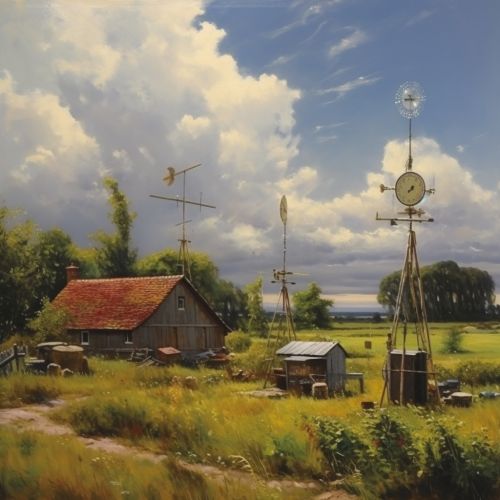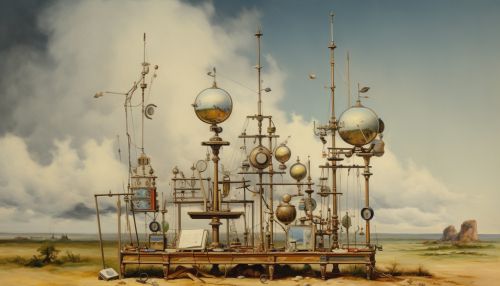United States Weather Bureau
History
The United States Weather Bureau (USWB) was established on February 9, 1870, by a joint congressional resolution which was signed by President Ulysses S. Grant. It was initially part of the United States Army Signal Corps, tasked with collecting weather observations and forecasts for the benefit of the military and seafaring vessels. The bureau was reorganized under the Department of Agriculture in 1891 and renamed the Weather Bureau.


Early Operations
The early operations of the USWB involved the use of telegraph lines to transmit weather observations from across the country to a central office in Washington, D.C. These observations were then used to create weather maps and generate forecasts. The bureau also established a network of weather stations across the country, which were staffed by trained observers who recorded meteorological data such as temperature, humidity, wind speed and direction, and atmospheric pressure.
Technological Advancements
The 20th century saw a number of technological advancements that greatly improved the accuracy and scope of the Weather Bureau's forecasts. In the 1930s, the bureau began using radiosondes, small, instrument-packed balloons that are launched into the atmosphere to collect data on temperature, humidity, and atmospheric pressure. This data was then transmitted back to the ground via radio signals, allowing for more accurate weather predictions.
In the 1950s, the Weather Bureau began using radar to detect precipitation and track storms. This technology greatly improved the bureau's ability to forecast severe weather events such as thunderstorms and hurricanes. The 1960s saw the introduction of weather satellites, which provided a global view of weather patterns and greatly improved the accuracy of long-range forecasts.
Role in Weather Forecasting
The United States Weather Bureau played a crucial role in the development of modern weather forecasting. It was responsible for the establishment of the national weather observation network, the development of weather forecasting techniques, and the introduction of new technologies for weather observation and prediction. The bureau's work has had a profound impact on a wide range of fields, from agriculture and aviation to disaster preparedness and climate research.
Transition to National Weather Service
In 1970, the Weather Bureau was transferred from the Department of Agriculture to the newly created National Oceanic and Atmospheric Administration (NOAA) within the Department of Commerce. At this time, it was renamed the National Weather Service (NWS), which continues to be responsible for weather forecasting in the United States.
